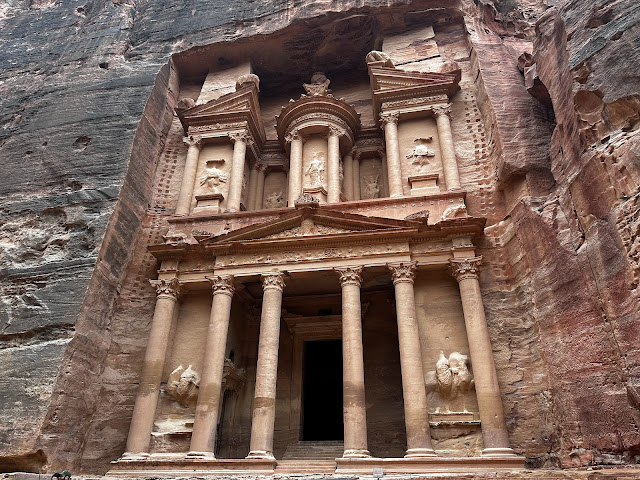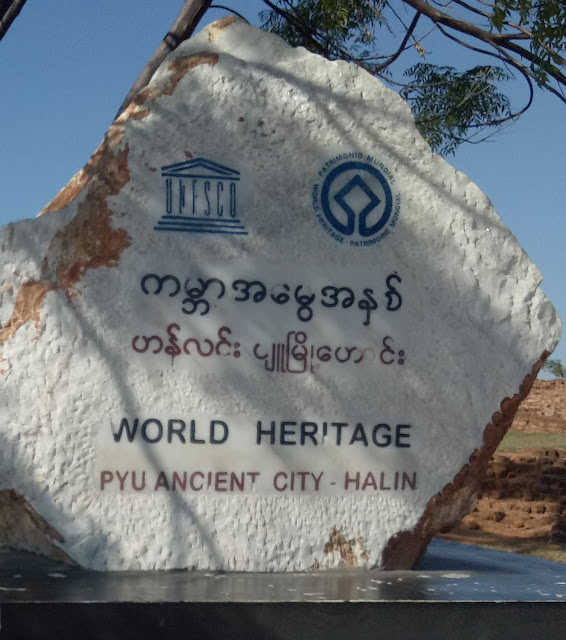The Philae Temple Complex in Aswan
The Philae Temple Complex is an island-based temple complex located in the reservoir of the Aswan Low Dam, downstream of the Aswan Dam and Lake Nasser, Egypt. Originally located on the Philae Island (believed to be one of the burying places of the ancient Egyptian god Osiris), the temple complex was dismantled and relocated as part of UNESCO’s "International Campaign to Save the Monuments of Nubia", to protect the monuments from the rising water levels of the Nile river. The temple complex is considered to be one of the best examples of the survival of pure Egyptian art, centuries after the last of the Pharaohs had ceased to reign over Egypt.
The first religious building on Philae is considered to be a shrine built by the 25th Dynasty Pharaoh Taharqa (estimated to have reigned from 690 BCE to 664 BCE) dedicated to the ancient Egyptian god Amun. However, the oldest temple known to have stood on the island was constructed by the 26th Dynasty Pharaoh Psamtik I (estimated to have reigned from 595 BCE to 589 BCE). It was dedicated to the goddess Isis.
From the early constructions of the old temple of Isis, only a kiosk that was originally its’ vestibule, and a gateway later incorporated into the first pylon of the current temple has survived. Both these constructions are attributed to the 30th Dynasty Pharaoh Nectanebo I (estimated to have reigned from 380 BCE to 362 BCE). Nectanebo I was the founder of the 30th Dynasty, the last native Dynasty of Egypt.
The majority of the surviving structures of the Philae Temple Complex were constructed in the Ptolemaic era (305 BCE - 30 BCE) during the reigns of Ptolemy II Philadelphus (284 BCE - 246 BCE), Ptolemy V Epiphanes (204 BCE – 180 BCE), and Ptolemy VI Philometor (180 BCE - 164 BCE; 163 BCE - 145 BCE). During this period, the island became a major pilgrimage site for Egyptians, Nubians as well as pilgrims from as far as Anatolia, Crete, and mainland Greece. The Ptolemaic era ended in 30 BCE with the death of Cleopatra VII.
During the Roman era of Egypt (30 BCE – 641 CE) which followed the Ptolemaic era, the number of pilgrims to Philae declined, especially from the Mediterranean regions, as evidenced by the reduced number of inscriptions. However, Philae remained an important location, especially for Nubians, who continued to visit both as individual pilgrims and in official delegations from the government in Meroë, the southern capital of the Kingdom of Kush (800 BCE - 350 CE), located in modern-day Sudan.
By the 4th Century CE, Christianity appeared to have arrived in Philae and coexisted with ancient Egyptian religion. However, by the mid-5th Century CE, the anti-paganism policies (Paganism was a term first used in the fourth century by early Christians for people in the Roman Empire who practiced polytheism, or ethnic religions other than Judaism) of the early Byzantine Empire (also known as the Eastern Roman Empire) would eventually bring an end to the temple complex being a major place of pilgrimage.
The Philae temple complex was officially closed in 537 CE by the Persarmenian commander Narses, under the orders of the Byzantine emperor Justinian I (who was the Eastern Roman emperor from 527 CE to 565 CE). The official closure of the Philae temple complex is widely considered to mark the end of ancient Egyptian religion. Today, the Philae temple complex is widely regarded as the site of the last known inscriptions made in Egyptian hieroglyphs (written in 394 CE) and Demotic script (written in 452 CE).


















Comments
Post a Comment